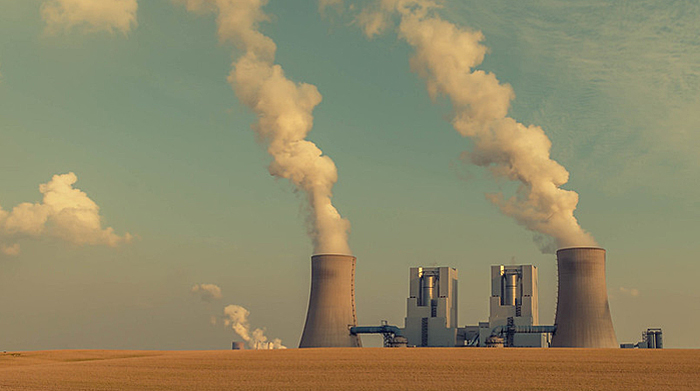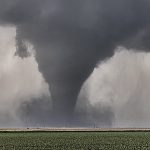EPA Good Neighbor Plan Will Accelerate Coal Retirements

Image courtesy of Metropole Ruhr under Attribution-NonCommercial-NoDerivs 2.0 Generic License, resized to 700 x 391 pixels.
The EPA recently published its final “Good Neighbor Plan” which is the newest variation of the Cross-State Air Pollution Rule (CSAPR). The Plan aims to reduce annual nitrogen oxide emission levels by 50% by 2027, to be achieved by closing coal, oil, or steam power plants.
Will the Good Neighbor Plan Dampen Reliability?
The impact on reliability is unclear. It is estimated that the Plan will result in 14 GW of coal retirements, or 13% of the total coal capacity in the U.S., but in theory this capacity loss could be offset by adding renewable energy sources. However, it’s no secret that integrating clean energy into the grid is a complex process, so counting on this as an offset is a bit of a risk. In addition, based on the Plan’s incremental reduction targets and directives, an additional 8 GW of coal plant retrofits may be needed.
So, I would have to say that yes, implementation of the Good Neighbor Plan will probably introduce a reliability at risk for the 22 states being targeted. The states are Alabama, Arkansas, Illinois, Indiana, Kentucky, Louisiana, Maryland, Michigan, Minnesota, Mississippi, Missouri, Nevada, New Jersey, New York, Ohio, Oklahoma, Pennsylvania, Texas, Utah, Virginia, West Virginia, and Wisconsin.
Of course, the EPA will tell you that there is no reliability risk at all. EPA Administrator Michael Regan recently told reporters that the Plan was amended from the 2022 version to provide greater compliance flexibility for the impacted companies and utilities. He also said that the EPA hosted a series of meetings, and the provisions were carefully crafted with input from grid operators, regional planning organizations, DOE, FERC, and others.
The bottom line is that the Good Neighbor Plan may or may not impact reliability, but it will certainly be at risk. This is yet another reminder of the importance of emergency preparedness, and the reason it is critical to ensure all emergency plans are up to date and practiced on a regular basis.



